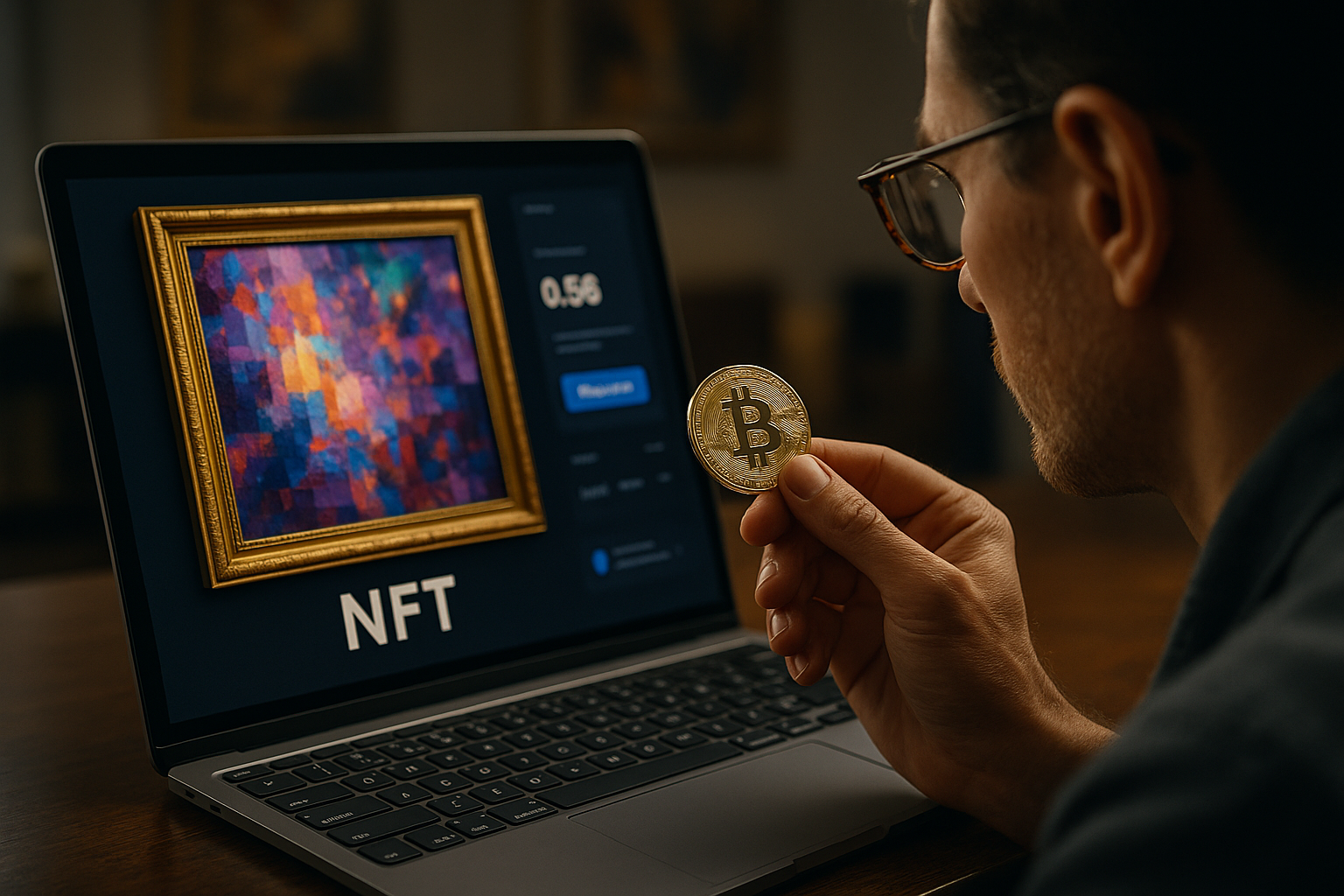Unlock the Potential: Best Online Marketplaces for Game Skins in 2025
The digital gaming economy has transformed dramatically, with game skins emerging as valuable virtual assets worth billions globally. These cosmetic items, which alter the appearance of weapons, characters, or equipment without affecting gameplay, have created an entire secondary market where players buy, sell, and trade digital collectibles. Understanding online marketplaces for game skins has become essential for both casual gamers and serious traders looking to participate in this growing economy.

Understanding Online Marketplaces for Game Skins
Game skin marketplaces function as digital exchanges where players can trade cosmetic items from popular games like Counter-Strike, Dota 2, Team Fortress 2, and Rust. These platforms serve as intermediaries, providing secure transaction environments that protect both buyers and sellers. Most marketplaces operate by connecting to game APIs, allowing automatic inventory management and item transfers. The ecosystem includes official platforms maintained by game developers, third-party websites offering competitive pricing, and peer-to-peer trading applications that facilitate direct exchanges between users.
The Rise of Game Skins Trading
The expansion of game skins trading reflects broader trends in digital ownership and virtual economies. What began as simple cosmetic rewards has evolved into a sophisticated market driven by rarity, aesthetic appeal, and community demand. Major esports tournaments have amplified skin popularity, creating celebrity status for certain rare items. The introduction of blockchain technology and NFTs has further legitimized digital asset ownership, though traditional game skins remain separate from cryptocurrency markets. Trading volumes continue to grow as more games implement skin systems and players recognize the potential value retention of premium cosmetic items.
How to Choose the Right Online Marketplace
Selecting an appropriate marketplace requires evaluating several critical factors. Security measures rank highest, including two-factor authentication, secure payment processing, and protection against fraud. Transaction fees vary significantly between platforms, typically ranging from 5% to 15% of item value. User interface design affects trading efficiency, with better platforms offering advanced search filters, price history charts, and inventory management tools. Customer support quality becomes crucial when disputes arise or technical issues occur. Additionally, marketplace reputation within gaming communities often indicates reliability and trustworthiness for long-term trading relationships.
Benefits of Using Online Trading Apps
Mobile trading applications have revolutionized skin trading by providing instant access to market data and transaction capabilities. These apps typically offer real-time price tracking, allowing traders to monitor market fluctuations and identify profitable opportunities. Push notifications alert users to price changes for items in their watchlists or when specific skins become available. Many apps include social features, enabling communication between traders and community-driven price discovery. The convenience of mobile trading has expanded market participation, with users able to execute trades during downtime rather than being restricted to desktop sessions.
Earning Money Through Game Skins
Generating income through skin trading involves various strategies, from short-term speculation to long-term investment approaches. Market analysis becomes essential, requiring understanding of game update cycles, seasonal events, and community trends that influence prices. Successful traders often specialize in specific games or skin categories, developing expertise that helps identify undervalued items. Some traders focus on arbitrage opportunities between different marketplaces, capitalizing on price discrepancies. Others engage in crafting or case opening, though these activities involve significant risk due to randomized outcomes.
| Platform Type | Provider Examples | Key Features | Estimated Fees |
|---|---|---|---|
| Official Marketplace | Steam Community Market | Direct game integration, secure transactions | 10-15% combined fees |
| Third-Party Platforms | BitSkins, SkinCashier | Competitive pricing, cash withdrawals | 5-10% transaction fees |
| P2P Trading Apps | CS.MONEY, SkinBaron | Direct trading, mobile access | 2-7% service fees |
| Instant Sale Services | SkinWallet, Tradeit.gg | Quick liquidity, automatic pricing | 15-25% below market value |
Prices, rates, or cost estimates mentioned in this article are based on the latest available information but may change over time. Independent research is advised before making financial decisions.
The game skin trading ecosystem continues evolving as new platforms emerge and existing services expand their offerings. Success in this market requires patience, research, and understanding of both gaming culture and basic trading principles. While opportunities exist for profit, traders should approach skin trading with realistic expectations and never invest more than they can afford to lose. The virtual nature of these assets means their value depends entirely on continued game popularity and community engagement, factors that can change rapidly in the dynamic gaming industry.




